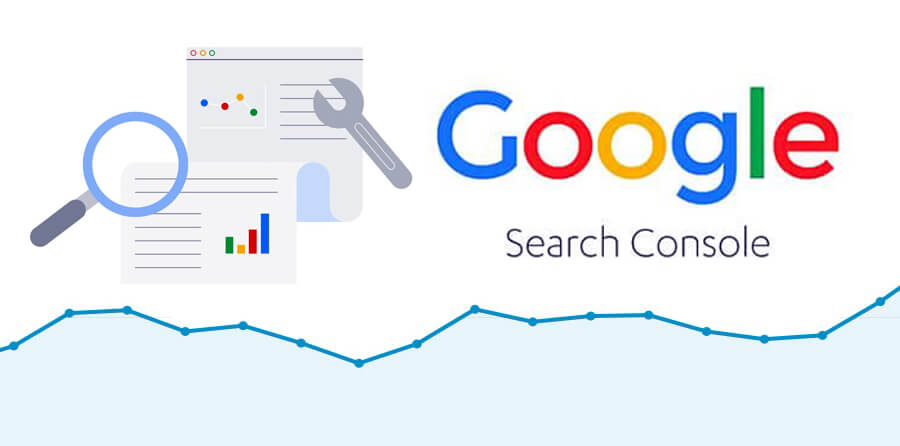
Knowing How Well Your Website Performs in Google Search
The Google Search Console is a vital resource for any website owner. With the help of this useful tool from Google, you can track, evaluate, and improve the search engine optimization (SEO) performance of your website. We’ll go deep into Google Search Console in this beginner’s guide and show you how to use its features to increase the online exposure of your website.
Google Search Console Usage Guide
Before continuing, you must confirm your website using Google Search Console. By using this technique, you can be positive that the data on the platform associated with your website is yours to own and manage.
View your Google Search Console property by going to search.google.com/search-console when your website has been confirmed. This will direct you to the overview page, which offers a high-level summary.
Examining the Overview of Google Search Console
Start with the overview page in Google Search Console to gain an understanding of your website’s organic search performance. This section contains important metrics, such as the total number of clicks and impressions your website has gotten over the last three months. Additionally, you may learn which search terms drive traffic to your website, which pages get the most views, and how well your devices work.
The “Search Console Insights” area of the overview is one of the more useful ones. This gives you a clear, easy-to-read overview of how well searches are discovering your website, together with information on the top-performing pages and the most common search terms that bring in visitors.
Examining Performance in More Detail
You should dedicate most of your attention to the “Performance” section of Google Search Console if you want to fully utilize its potential. Here, you can explore the specifics of your website’s organic search engine ranking, such as:
Total Clicks: The quantity of times visitors have clicked from Google search results to your website.
Impressions: The total impressions of your website indicate the total number of times a user has seen it in Google search results, even if they choose not to click through.
Click-through rate: CTR stands for average click-through rate, which is the proportion of impressions on your website that converted to a click.
Position Average: The average place your website usually holds for a given query on the Google search results page.
Search engine optimization (SEO): SEO may be improved, and your website’s visibility and click-through rate can be increased, by looking at these metrics to see which search terms are driving the most traffic to your platform.
Optimizing for the Highest Search Terms
The “Queries” tab is one of the most useful tools in the Performance area. This gives you access to the exact search terms that users are using to locate your website on Google. You may learn a lot about the subjects and phrases that are most important to your target market and line of business by looking at your most frequently searched terms.
Consider the following scenario: you own a small planting company in your neighborhood, and you’ve noticed that the term “topsoil taringer” appears frequently in search results. Next, examine the number of clicks, impressions, CTR, and average position in more detail to learn more about the query’s performance. Your website can gain more visibility and traffic by enhancing its content and on-page SEO if it isn’t showing up in the top three results for this search.
Using the “Pages” tab, locate the precise pages on the website that show up when you enter “topsoil taringer”. You can then make changes to the content, title tags, meta descriptions, and picture alt text to enhance your rankings and make them more relevant to this search query.
Monitoring coverage and inspecting URLs.
Google Search Console also offers helpful tools for monitoring the indexation and health of your website. By looking at “Coverage” tab, you can find errors on the pages, including pages that Google isn’t crawling.


